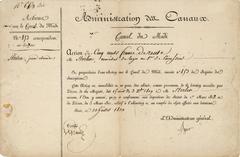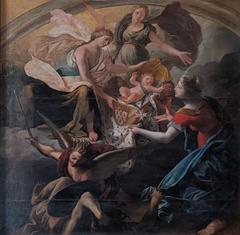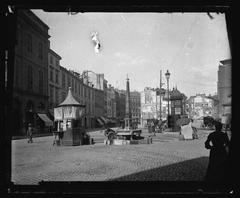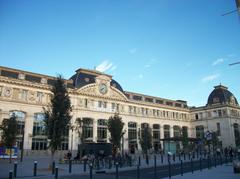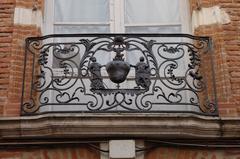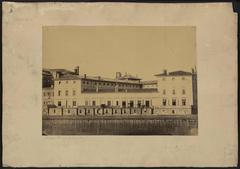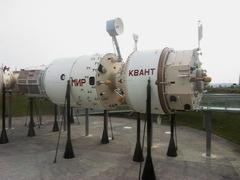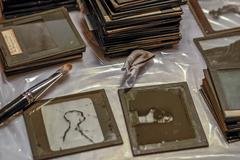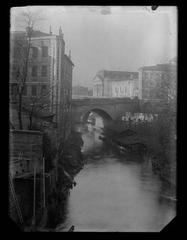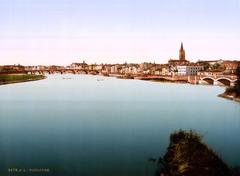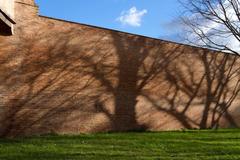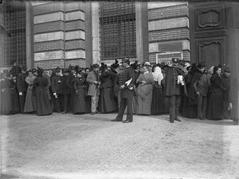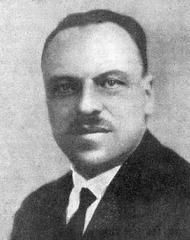
Synagogue Palaprat: Visiting Hours, Tickets, and Historical Significance in Toulouse
Date: 04/07/2025
Introduction
Located in the heart of Toulouse, France, Synagogue Palaprat is not only the city’s oldest Jewish monument but also a powerful symbol of Jewish resilience, faith, and cultural contribution. Officially established in 1857, the synagogue stands as a living witness to the evolution of Toulouse’s Jewish community—surviving periods of adversity and flourishing as a hub of spirituality, remembrance, and education. Today, Synagogue Palaprat offers visitors an opportunity to explore its rich history, admire its unique architecture, and engage with the vibrant heritage of Jewish Toulouse. This guide provides comprehensive information on visiting hours, tickets, accessibility, and nearby historical sites, ensuring a meaningful and well-prepared experience.
For the latest updates and immersive visitor resources, consult platforms such as JGuide Europe, JForum, and the Toulouse Tourism portal.
Table of Contents
- Early Jewish Presence in Toulouse
- Construction and Inauguration of Synagogue Palaprat
- Community Growth, Challenges, and Postwar Expansion
- Synagogue Palaprat During World War II
- Architectural Features and Memorials
- Visiting Information
- Frequently Asked Questions (FAQ)
- Conclusion
- Sources
Early Jewish Presence in Toulouse
Jewish life in Toulouse dates back to at least the 9th century, with medieval records indicating a small but vibrant community, particularly in areas around Place des Carmes and Place Rouaix (JGuide Europe). Despite repeated expulsions and returns, Jews contributed to Toulouse’s intellectual and cultural fabric. By the early 19th century, only a handful of Jewish families remained, conducting religious observances in private homes due to the absence of a formal synagogue (EDJT; InfoJmoderne).
Construction and Inauguration of Synagogue Palaprat
The mid-19th century marked a turning point. In response to Napoleonic directives, the Jewish community secured a site at 2 rue Palaprat, and in 1857, the synagogue was completed and inaugurated (JForum; RouteYou). The building’s modest exterior, reflecting the community’s limited resources, is distinguished by a Hebrew inscription from Deuteronomy: “Blessed shall you be when you come in, and blessed shall you be when you go out” (France Bleu). Inside, traditional Orthodox features prevail: a ground-level men’s section, a gallery for women, and a centrally placed bimah for Torah readings (Hadassah Magazine).
Community Growth, Challenges, and Postwar Expansion
The latter half of the 19th century saw growth, particularly with waves of Jewish immigrants from Alsace-Lorraine and Eastern Europe (EDJT). By the early 1900s, the community had expanded, leading to the formation of the Association Cultuelle Israélite de Toulouse in 1906. Despite intervals of financial hardship and organizational challenges, the community remained resilient.
Post-World War II, Synagogue Palaprat became a focal point for Jewish life, especially with the influx of North African Jews in the 1960s. The Jewish population in Toulouse surged, prompting the establishment of additional synagogues, yet Synagogue Palaprat retained its role as a cornerstone of tradition, commemoration, and civic engagement (JGuide Europe; InfoJmoderne).
Synagogue Palaprat During World War II
During the German occupation and Vichy regime, Synagogue Palaprat served as a sanctuary and a base for resistance activities. It was here that the Armée Juive (Jewish Army) resistance group formed. The building’s walls bear memorial plaques honoring deported Jews and notable allies, including Cardinal Saliège, whose outspoken defense of Jews saved countless lives (JForum; Peace Reporter). The synagogue survived wartime threats and stands today as a beacon of both faith and courage.
Architectural Features and Memorials
Exterior
The synagogue’s pink brick façade harmonizes with Toulouse’s urban landscape, incorporating Romanesque and Moorish revival elements. Its understated exterior is punctuated by the Hebrew inscription above the wooden doors and subtle Jewish symbols in the ironwork (France Pocket Guide).
Interior
Inside, the sanctuary features a central nave, wooden pews, a raised bimah, and an ornately carved ark (Aron Kodesh) framed in rose marble. Stained glass windows with Stars of David and Hebrew inscriptions flood the space with colored light. The women’s gallery (ezrat nashim), accessible by staircase, reflects Orthodox tradition (Hadassah Magazine).
Memorial plaques honor victims of the Holocaust, resistance fighters, and community leaders. A notable menorah, a replica of one presented to Napoleon, graces the sanctuary.
Visiting Information
Hours, Tickets, and Security
- Visiting Hours: The synagogue welcomes visitors primarily during religious services (Friday evenings, Saturday mornings, and Jewish holidays) and on special open days such as the European Heritage Days. For visits outside these times or for group tours, advance arrangements are essential. Always consult Toulouse Tourism or call the synagogue directly for up-to-date information.
- Tickets: No entrance fee is required, but donations are encouraged to support preservation efforts.
- Security: Due to heightened security at Jewish sites, expect bag checks and questions regarding your visit. Large bags and prohibited items should be left elsewhere, as no cloakroom is available.
Guided Tours and Accessibility
- Guided Tours: Available by appointment, often through local tourism offices or Jewish cultural organizations. Tours can be conducted in French and sometimes in English, offering historical and architectural insights (Totally Jewish Travel).
- Accessibility: The main sanctuary is accessible; however, access to the women’s gallery is via stairs only. Visitors with mobility needs should contact the synagogue in advance to discuss accommodations.
Dress Code and Etiquette
- Men: Long trousers and sleeved shirts are required. A kippah (head covering) is customary and often provided.
- Women: Knee-length skirts or dresses and tops covering shoulders and chest are recommended; a head covering is advised.
- General: Modest, muted attire is preferred. Avoid bright colors and flashy accessories.
Photography Policy
Photography is permitted in public areas outside of services and special events. Always request permission before photographing inside, especially during religious ceremonies.
Directions and Nearby Sites
Located at 2 rue Palaprat, the synagogue is a short walk from key Toulouse landmarks such as the Capitole de Toulouse, Basilique Saint-Sernin, and the historic Jewish quarter. The area is well-served by public transportation, with parking options nearby.
Frequently Asked Questions (FAQ)
Q: What are the Synagogue Palaprat visiting hours?
A: Generally, during religious services and special open days. Always confirm current hours in advance.
Q: Is there an entrance fee?
A: No, but donations are appreciated.
Q: Are guided tours available?
A: Yes, by appointment via the synagogue, local tourism office, or Jewish heritage organizations.
Q: Is the synagogue accessible for people with disabilities?
A: The main sanctuary is accessible; the women’s gallery is not. Contact the synagogue for specific needs.
Q: Is photography allowed inside?
A: With permission and outside of services or ceremonies.
Conclusion
Synagogue Palaprat is more than a monument—it is a living center of faith, memory, and community in Toulouse. Its enduring presence tells the story of Jewish perseverance, cultural integration, and the city’s rich historical mosaic. Visitors are invited not only to explore its architecture and history but also to honor the traditions and memories it preserves.
For up-to-date visiting hours, ticketing, and special events, consult JGuide Europe, JForum, or the Toulouse Tourism website. Enhance your exploration by downloading the Audiala app for guided tours and cultural insights.



